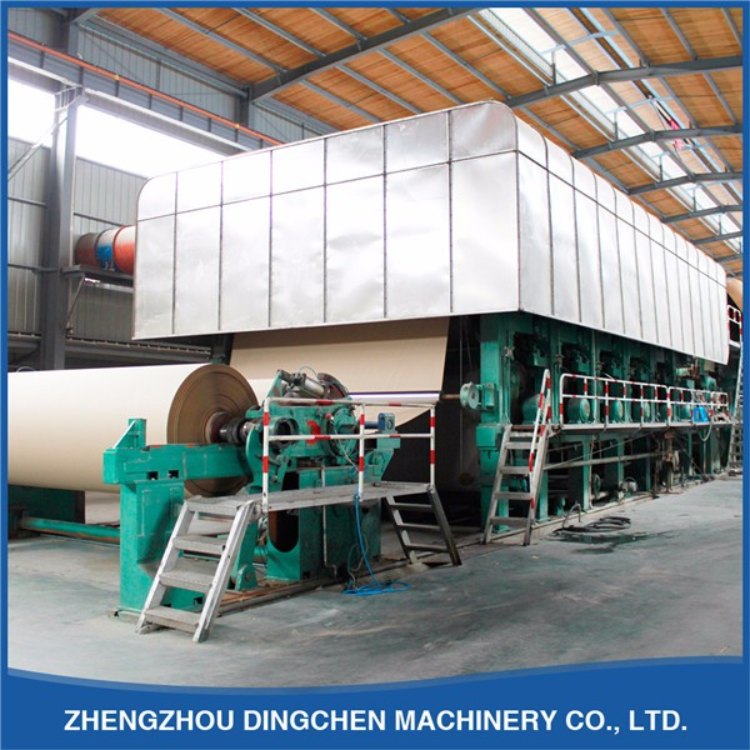The History and Production Process of Kraft Paper
Kraft paper is a commonly used packaging material, named after the kraft paper pulping process. The craft of kraft paper was invented by Carl F. Dahl in Danzig, Prussia, Germany in 1879. Its name comes from German: Kraft means strength or vitality.
The basic elements for manufacturing cowhide pulp are wood fiber, water, chemicals, and heat. Cowhide pulp is produced by mixing wood fibers with a solution of caustic soda and sodium sulfide and steaming them in a steamer.
Pulp undergoes manufacturing processes and process control such as impregnation, cooking, pulp bleaching, beating, sizing, whitening, purification, screening, shaping, dehydration and pressing, drying, calendering, and coiling to ultimately produce kraft paper.
The application of kraft paper in packaging
Nowadays, kraft paper is mainly used for corrugated cardboard boxes, as well as non plastic hazardous paper used in paper bags such as cement, food, chemicals, consumer goods, and flour bags.
Due to the durability and practicality of kraft paper, corrugated cardboard boxes are very popular in the express logistics industry. Cartons can protect products well and withstand harsh transportation conditions. In addition, the price and cost are in line with the development of enterprises.
Kraft paper boxes are also commonly used by businesses to achieve sustainable development goals, and environmental measures are clearly depicted through the rustic and primitive appearance of brown kraft paper. Kraft paper has a wide range of uses and can provide a variety of innovative packaging in today’s packaging industry.
Post time: Mar-01-2024


